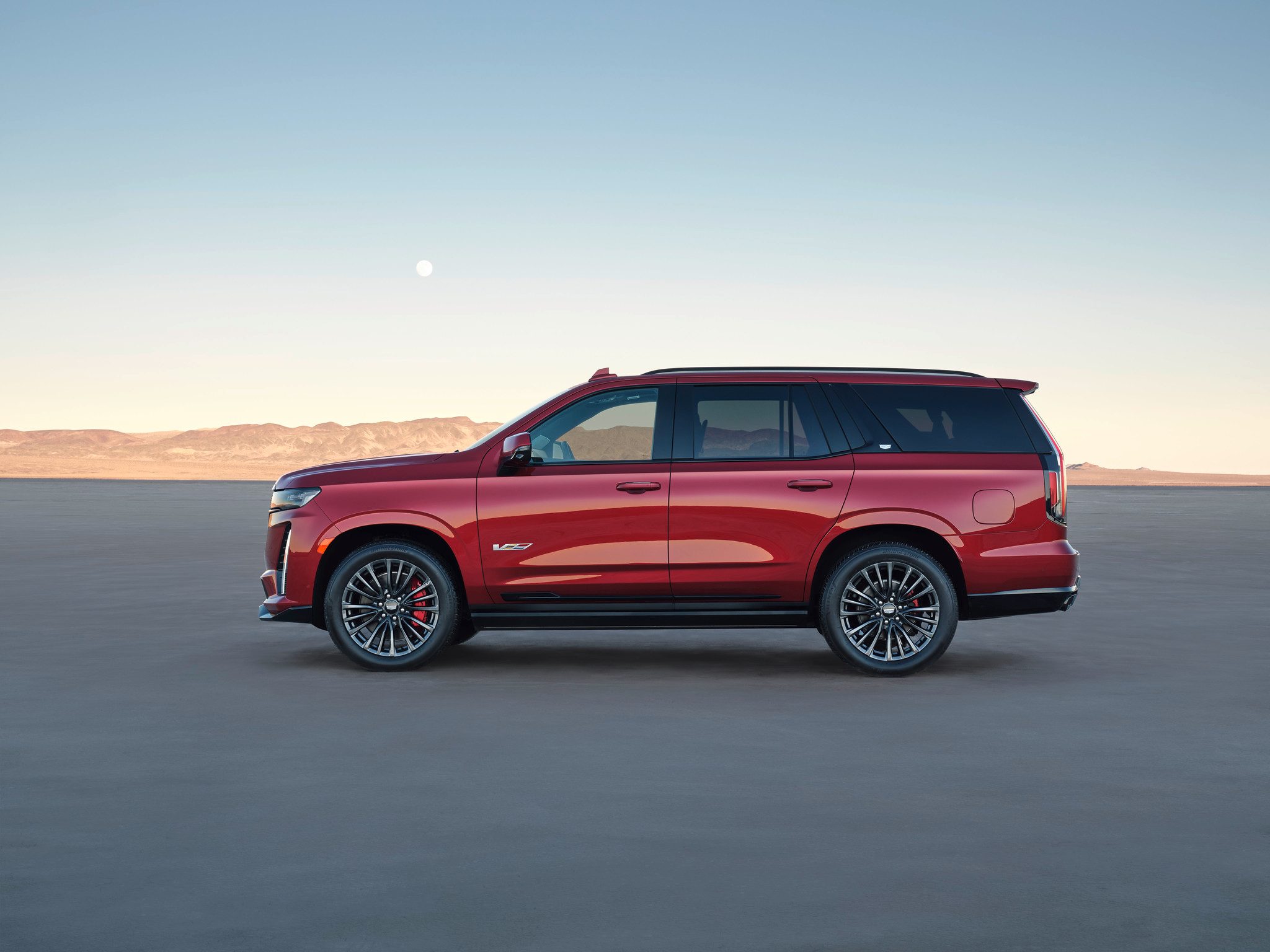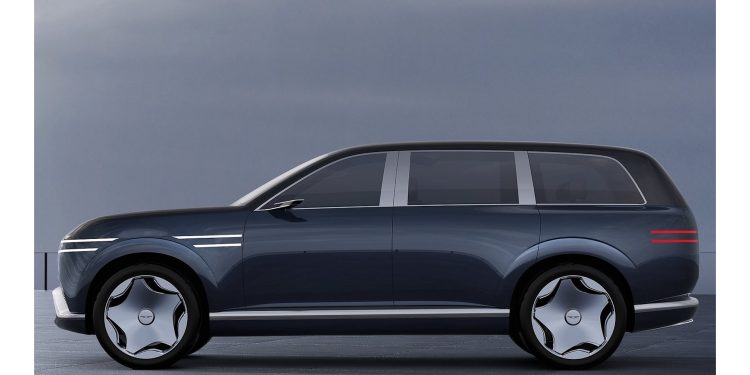New reports could impact large SUV sales
Words NZ Autocar | Images Netcarshow, Flickr
Two reports have emerged from the European Union over the past few weeks, concerned that WLTP figures are too optimistic. Fuel consumption estimates aren’t close enough to real world figures. Both reports may impact the type of vehicles that EU manufacturers will be allowed to sell in the near future.
The European Court of Auditors and the European Commission both say that fuel consumption of petrol, diesel and plug-in hybrid cars far exceed the official WLTP lab figures. The estimates for a sample of over half a million 2022 cars showed the WLTP test figures were 20 per cent shy of actual consumption.
PHEVs have average CO2 emissions of 139.5g/km, some 23 per cent better than the ICE average but emit over three times as much CO2 as predicted by WLTP figures. Monitoring indicates that PHEVs aren’t being charged nearly as often as the WLTP regime expected them to be. The EU plans to revise tests for PHEVs next year.
Larger-engined models and some mainstream ICE vehicles may also face renewed scrutiny by the European authorities.
The EU Court of Auditors also recommends that the EU drops ‘fleet average’ CO2 targets for car makers. They suggest replacing them with “targets based instead on a minimum share of zero-emission vehicles”.

After Dieselgate, the EU replaced NEDC laboratory-based fuel economy tests with WLTP in 2017. They were meant to be more reflective of fuel use figures in real-world driving.
However, in-car technology deployed by the EU in new cars since 2021 has suggested otherwise. The WLTP figures have proven significantly more optimistic than what owners can achieve.
The commission said that while the initial data isn’t yet “broad or representative enough to draw firm conclusions” it did express concern about the predominance of heavy SUVs and luxury vehicles that strayed even further from the WLTP figures than mainstream cars.
Another report from the European Court of Auditors used even stronger language. It said that the primary challenge for meeting 2030 emission-reduction targets is to ensure a sufficient uptake of zero-emission vehicles. Key factors are EV affordability, charging infrastructure and securing raw materials for battery production.
The Court of Auditors wants the European Commission to rethink emissions legislation as soon as possible. “The Commission should (consider) replacing the current EU and manufacturer-level CO2 goals with targets based instead on a minimum share of zero emission vehicles”.
Furthermore, the Court of Auditors wants to see a “real-world emissions cap at manufacturer level, one that should not be exceeded for combustion-engine cars and hybrids”.
That could mean the end for sales of larger-engined and heavier vehicles, like SUVs and luxury cars.
Whatever the eventual outcome of these reports, it looks like the car industry is set for another major shake-up in Europe.





